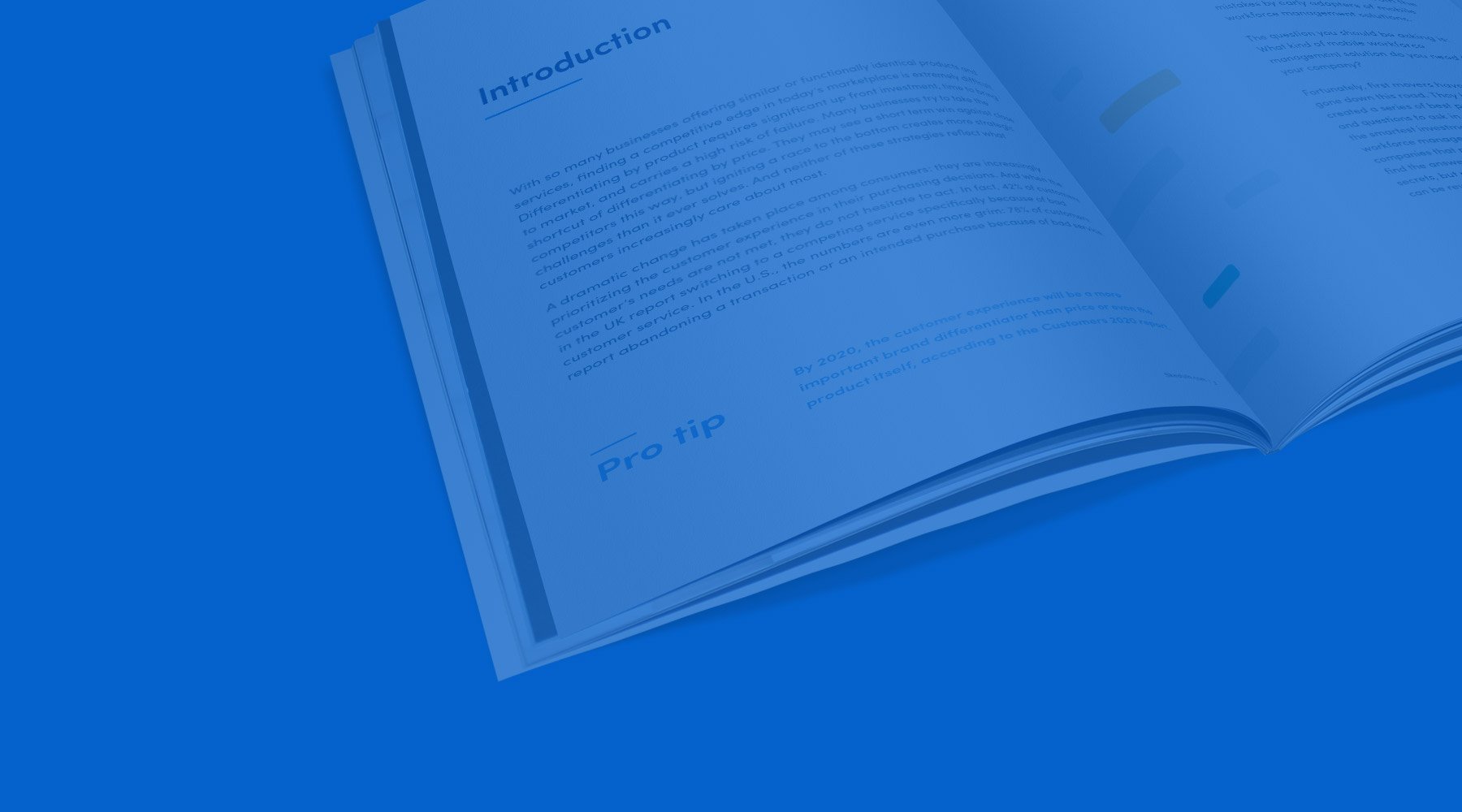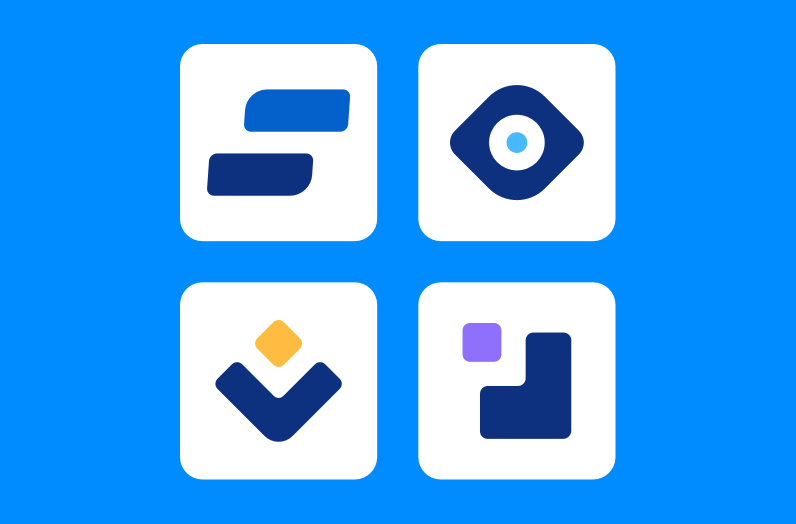Feature Checklist for Workforce Management Tools
At first glance, the many SaaS-based mobile workforce management tools available may look very similar. But as you dig deeper, you will see meaningful differences between solutions in terms of data collection, intelligent functions, mobile compatibility, and more.
Look for the following essential features in your mobile workforce management system:
Scheduling and Communication
- Matches the right worker to the right job.
For the first iteration of mobile workforce management tools, finding and sending an available technician to a customer was a game-changer. These days, that just doesn’t cut it.
To provide the best customer experience possible, you’ll need a solution that can match mobile workers to clients in a more dynamic way. They even enable you to create shift and roster templates to manage single shifts, recurring appointments, and more—all based on resource requirements and demand—saving you time generating rosters for your blended workforce. - Notifies mobile workers of new jobs and appointments.
A mobile workforce management tool only works if the information reaches the people who need it. Basic scheduling tools still require manual emails or calls for shift updates and changes, and those administrative tasks just aren’t sustainable as your business scales up. Your mobile workforce management solution should automatically notify deskless workers of new jobs, cancelled appointments, or schedule changes without the information getting lost among the shuffle of manual staff scheduling. As you evaluate tools, make this a point of emphasis so you can ensure your mobile workforce is as productive and efficient as possible, regardless of their ever-changing schedules. - Offers various notification options.
The mobile workforce management software you choose should complement your workforce. Make sure the tool offers multiple notification options, including push notifications, email, and SMS text notifications, depending on how your employees like to receive updates. Think about how your workforce operates (and how that may evolve in the future), and pick a solution with notification options that will work over time.
The right mobile workforce management solution can drive success for your deskless workers, customer interactions, and overall business. Schedule a demo today to learn more about how Skedulo’s Deskless Productivity Cloud can help you better manage your mobile workforce.



